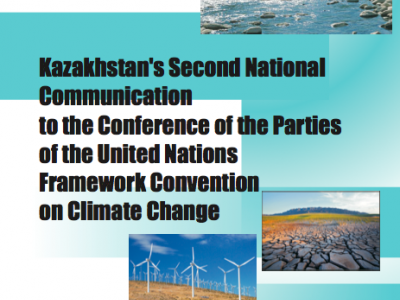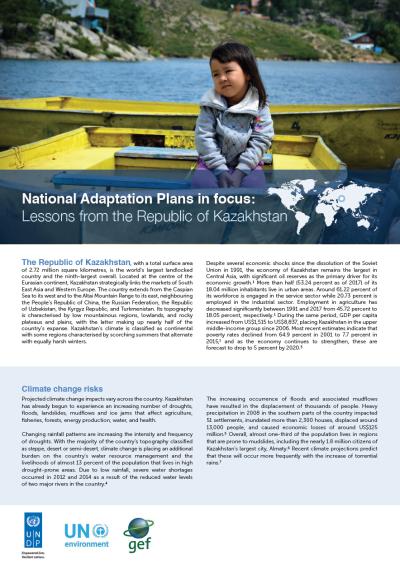Kazakhstan

The Republic of Kazakhstan is situated in north-central Eurasia and is the ninth largest country in the world based on the size of its territory – 2,724.9 square kilometers. It has a population of 15,219.3 thousand (as at 1 January 2006) with a density of population of 5.6 people per 1м2 . Kazakhstan’s terrain is diverse, with the country situated in four climate zones: forest- steppe; steppe; semi-desert and desert. According to assessment, nearly 75% of the country’s territory is subject to high-risk ecological destabilization. The main source of economic growth is the country’s raw resources. Since 1985, Kazakhstan’s production of hydrocarbons has increased 225%, while at the same time the world’s output rose less than 1.3. The country’s 2005 oil production (including gas condensate) amounted to 61.9 million tonnes and the production of (natural) gas was 25.2 billion cubic meters.While Kazakhstan has a rapidly growing economy, rural population, farmers and pastoralists outside of the main urban centers face significant climate change risks to their livelihoods stemming from increased aridity, water management challenges and extreme weather events. The average annual air temperature increased by 0.31C in the 10 years since 2000, with the most rapid warming was taking place in winter. The main shift that has occurred due to this rise in temperatures is the increasingly arid climate of Kazakhstan’s desert and semi-desert areas, as well as locations adjacent to them. Degradation of glaciers has been recorded. There was also an increasing number of forest fires detected between 2000 and 2006, wherein there were 6,415 forest fire cases recorded, resulting in 160,000 hectares being burnt (Kazakhstan, 2009).According to estimations of the first and second national Communications of the Republic of Kazakhstan within UNFCCC, management of agricultural, forest and water resources are extremely vulnerable to climate change. This is mainly associated with redistribution of precipitation and increasing severity and frequency of drought. Climate change may have a negative impact on the health of the population both because of intensification of thermal stress in southern regions and the spread of disease. The international experience of countries in addressing and adapting to climate change could be useful for Kazakhstan and indicates a need to elaborate a National Strategy (Program) on climate change adaptation, an action plan, and the creation of an institutional structure for the coordination of this process nationally.





